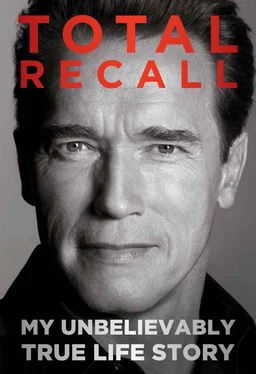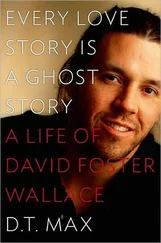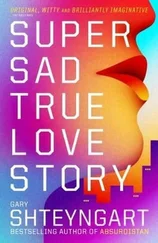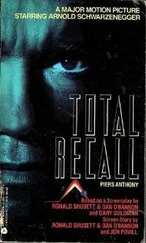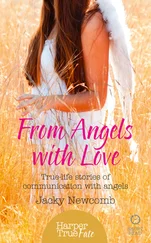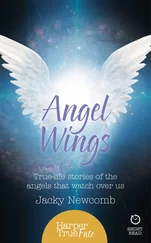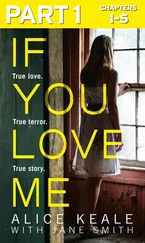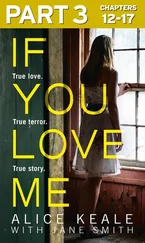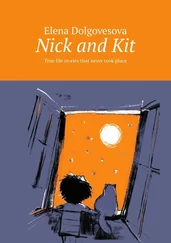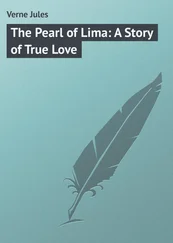I followed the presidential campaigns that year with great interest and accepted happily when I was invited to take part in the Republican National Convention in New Orleans in August. My assignment was to add celebrity power to one of the “caucus teams” of Reagan administration officials and Bush supporters whose job it was to glad-hand the state delegations and chat them up on key issues.
I’d been to Republican conventions before, but this was the first since I’d married a Shriver. Maria and I believed that we should continue as we always had: she would go to the Democratic convention and to gatherings for all the things she believed in, and she would cover Republicans as a journalist, and I would keep going to the Republican convention. But we needed to be careful to avoid unnecessary controversy. Everything went well in New Orleans until my friend and trapshooting buddy Tony Makris, the PR guru of the National Rifle Association, mentioned that the NRA was holding a brunch in honor of Texas Senator Phil Gramm—would I like to stop by? I’d gotten to know Gramm well by then. When I showed up the next morning, other celebrities were there also, but the reporters converged on me. The Kennedys, having endured two tragic political assassinations, were very antigun, so what was I doing at an NRA reception? I hadn’t even thought about it. If I had, I would have been sensitive enough not to attend this NRA event. They also asked, as a Kennedy by marriage, was I supporting the NRA? What was my position on automatic weapons? Saturday night specials? Sniper rifles? Cop-killing bullets? I didn’t know how to respond. I belonged to the NRA because I believed in the constitutional right to bear arms, but I hadn’t thought through all those issues and details. There was even a question about my very presence at the 1988 Republican National Convention: was it some kind of statement in defiance of the Kennedy family? The truth was that none of the Kennedys cared, particularly not Sargent or Eunice, who depended on support from both parties for their programs and had Republican lawmakers over to their house. But I realized that the NRA was a bigger issue, and I left the brunch before the speakers even began. I was just dropping by, and I didn’t want my presence there to become the story. I’d come to the convention to support George Bush, and I wanted them to write about that rather than guns.
I needed to regroup. The swarm of attention and publicity surrounding Maria’s family was something I was still getting used to. This was the first time I’d really felt its sting. It was a blessing and a distraction, much more intense than what usually comes with stardom. I attended the rest of the Republican convention but skipped the meetings of my caucus group with the individual state delegations.
The contest that autumn between George Bush and the Democratic nominee, Massachusetts governor Michael Dukakis, boiled down to the whether or not Americans approved of the course that Reagan had set. Just before the election, the vice president himself invited me to campaign with him and introduce him at some rallies. By now Bush had a decisive lead over Dukakis in the polls—something like 55 percent to 38 percent, with 4 percent undecided—so my job was just to help attract crowds and maintain the momentum. But I leaped at the chance; I wasn’t going to turn down a trip in Air Force Two!
We hit Ohio, Illinois, and New Jersey a few days before the election. Peggy Noonan was on the plane to help out during the closing days of the campaign. She was the brilliant speechwriter who’d written many of Reagan’s great speeches. She’d also written the powerful acceptance speech Bush delivered in New Orleans. I loved the passage where Bush talked about who should succeed President Reagan: “In 1940, when I was barely more than a boy, Franklin Roosevelt said we shouldn’t change horses in midstream. My friends, these days the world moves even more quickly, and now, after two great terms, a switch will be made. But when you have to change horses in midstream, doesn’t it make sense to switch to one who’s going the same way?” That was also the speech where Bush told voters, “Read my lips. No new taxes”—a promise that hurt him later, but still a very powerful line. The day after that speech, he shot up in the polls. He’d shown leadership. He appeared determined. It was clear in America that this was our next president.
Our starting point was Columbus, where my friend and business partner Jim Lorimer organized a rally of five thousand people in the big plaza next to the headquarters of his company, Nationwide Insurance. It was a perfect day for speeches, sunny and cool, and the company let out its employees to help make sure that the plaza was full. Peggy Noonan had scripted me, as well as the vice president. You could tell she had fun playing off my action-hero persona. I introduced him as “the real American hero.” I told the crowd, “I am a patriotic American. I saw Ronald Reagan and George Bush take an economy that looked like Pee-wee Herman and make it look like Superman.” And I dissed Governor Dukakis with a line that got picked up in all the media: “I only play the Terminator in my movies. But let me tell you, when it comes to the American future, Michael Dukakis will be the real terminator.” Bush loved my speech and christened me Conan the Republican.
Aboard Air Force Two, we relaxed and kicked back as we flew from stop to stop. We talked about the campaign, about his speeches, about whether he ever lost track of what city he was going to, and how he liked campaigning. Bush had a very casual approach to the campaign trail; not everything had to be set up perfectly.
Our conversation also came around to a specific interest of mine. Back in 1980, at the start of the Reagan administration, I’d turned down an offer to join the President’s Council on Physical Fitness and Sports. This was a twenty-four-member advisory panel that, in spite of its imposing title, was no longer part of the White House at all. It dated back to a fitness initiative by President Eisenhower, which, at the height of the Cold War, had been a really big deal—both he and his successor, John F. Kennedy, championed fitness as a way for America to stand strong against the Soviet threat. I especially loved the stories about what Kennedy did to promote fitness and sports. He started out as president-elect by publishing an essay in Sports Illustrated magazine called “The Soft American,” which got a lot of attention. Once he was in the White House, he dug up an executive order from Teddy Roosevelt challenging the US Marines to complete a fifty-mile hike in twenty hours. JFK turned around and issued that same challenge to his White House staff. Being a typically competitive Kennedy brother, Bobby took him up on it and received national attention by hiking fifty miles in his leather oxford shoes. That stunt touched off a national fad of fifty-mile hikes and helped launch many fitness programs on the state and local levels—often promoted and coordinated through the President’s Council.
During Vietnam, however, physical fitness fell out of the spotlight. The President’s Council became an appendage of the US Department of Health, Education, and Welfare bureaucracy and stayed that way for twenty years. The Council was still prestigious enough: astronaut Jim Lovell chaired it for a long time, and so did George Allen, the legendary NFL coach. But it never got much done. For instance, when the president would invite the US Olympic team or the World Series champs to the White House, the President’s Council was no longer even in the loop. That was why I turned down the invitation in 1980: I didn’t want to be part of a moribund organization. Now, almost ten years later, I felt it could be turned around.
Читать дальше
